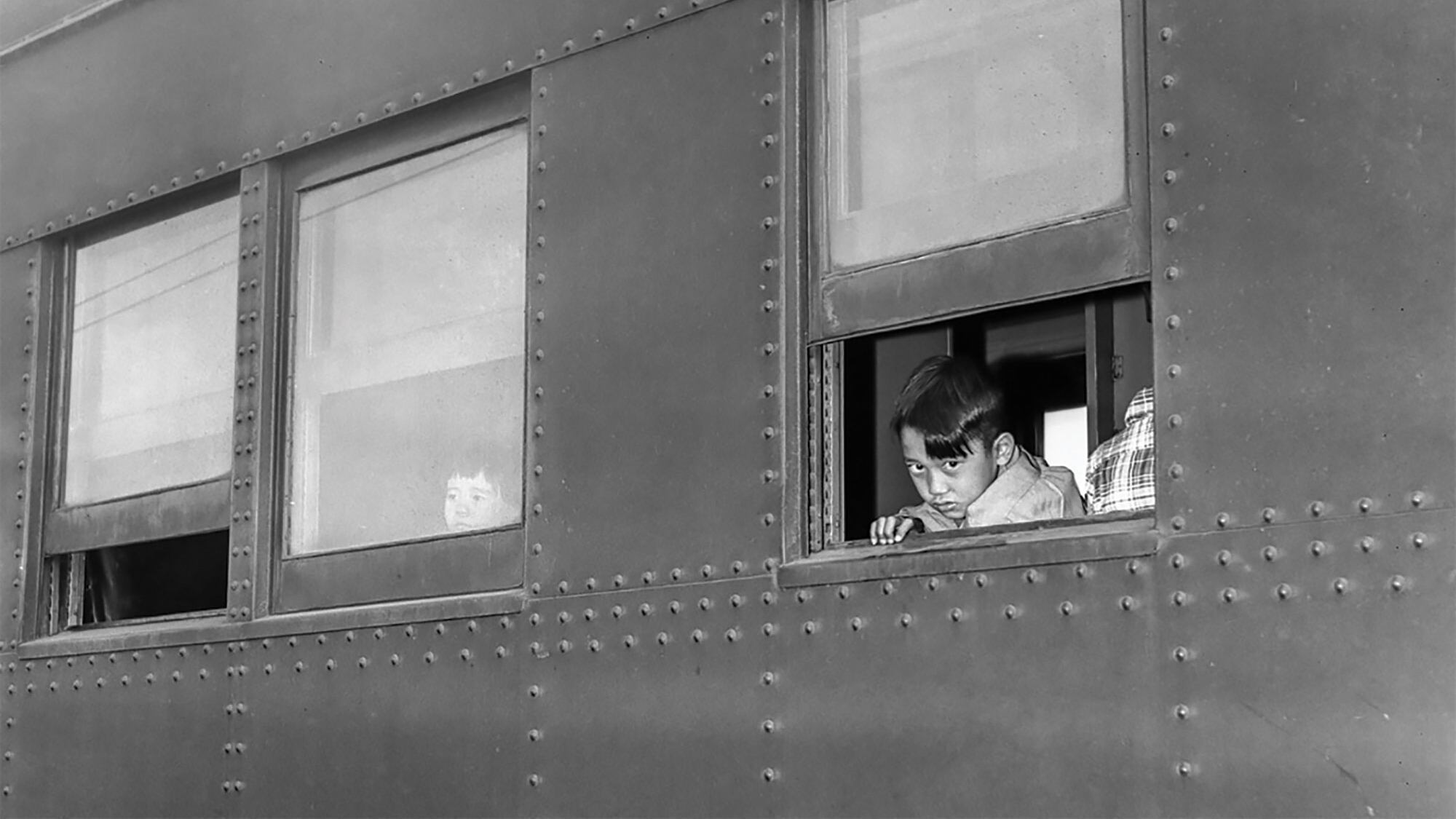Most of us read a line or two in a history book at some point about Japanese "internment camps." That term might ring a World War II-related bell if you were paying attention. But to the approximately 13,000 men, women and children incarcerated at Minidoka in South Central Idaho between 1942 and 1945, the unconstitutional imprisonment would turn their lives upside down and rob them of their identities. As the new documentary Minidoka: An American Concentration Camp reveals, the effects continue to ripple far beyond the confines of the hastily built barracks in the high desert.
Produced for the now-dubbed Minidoka National Historic Site 20 miles outside of Twin Falls, Idaho, the film documents the experiences of Japanese Americans sent there—it was one of at least 12 camps constructed for some 120,000 people of Japanese ancestry in reaction to the military strike on Pearl Harbor. Director Rory Banyard spent hours poring over archives and interviewing Minidoka survivors from Oregon, Washington and Alaska. My grandmother, Joni Teruko Kimoto, is one of them, and will speak Sunday, Dec. 8 at a screening of the film at the Hollywood Theatre. It's these voices—along with narrator George Takei—that guide us through the camp, their words accompanied by black-and-white photographs and old video footage.
Most stories about the period of Japanese incarceration typically begin on Dec. 7, 1941, the day Japanese pilots attacked the U.S. naval base in Hawaii. But Banyard takes viewers back to the mid-1800s to establish how deep the roots of the Japanese American community extend. The film offers glimpses of that era's prospering neighborhoods, including Nihonmachi, the Japantown that once stood where Portland's Old Town-Chinatown is today.
"Japanese immigrants and their U.S.-born children built a vibrant district of businesses and culture in Nihonmachi," says Kimoto, who has faint memories of the pre-WWII neighborhood. "In the outlying farming areas, they worked the soil into rich agricultural lands. They labored in the forest to help build the infrastructure for the Northwest region."
Then Dec. 7 came to pass, and all the pent-up paranoia and resentment toward the Japanese came to a head. The increasing animosity led President Franklin D. Roosevelt to sign an executive order in 1942 authorizing a ban on anyone of Japanese ancestry along the West Coast. Minidoka then cuts to FBI agents raiding homes in search of radio equipment and weapons, notifying residents of their impending relocation. Families had a matter of weeks to prepare, and were told they could bring only what they could carry.
"One day, my father is a respectable Portland businessman with a family, a car. He could vote. He had a place in his community," says Lawrence Matsuda, who was born in the camp and will also speak at the Hollywood this weekend. "Two weeks later, he was a prisoner in a remote camp, surrounded by barbed wire."
While the images of bare-bones living conditions and venomous newspaper headlines have a sobering effect, it's the photos of the people that cut the deepest. Everyone is so visibly American: The young men wear letterman jackets with their hair slicked back in pompadours; the young women don pleated skirts and victory rolls. Even the survivors don't talk about the uncomfortable barracks as much as they do the shame of having their Americanness questioned. Now, many are inspired to look back and discuss what happened, not only to help them process the camps, but also to help inform future generations.
"When the Muslim bans were enacted, it felt all too familiar," says Kimoto. "Hearing words used against other races and cultures, seeing children separated from their parents, and the nation divided by bigotry—so much of what my family and I endured is being repeated. My parents' time was one of silence. This is a sansei's [third generation's] time, my time, and I feel the responsibility to speak."
SEE IT: Minidoka: An American Concentration Camp screens at the Hollywood Theatre, 4122 NE Sandy Blvd., hollywoodtheatre.org, on Sunday, Dec. 8. 5:30 pm. $10.
